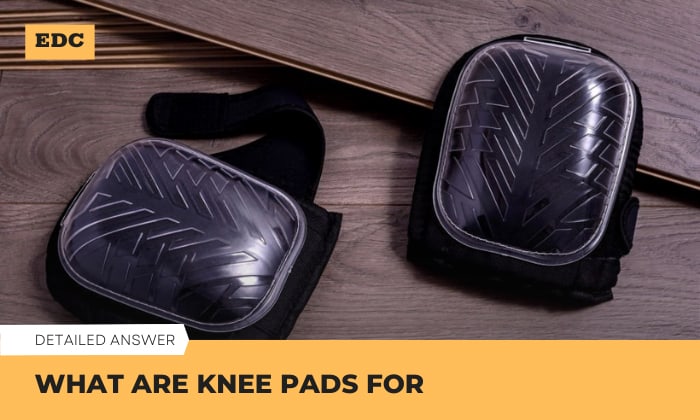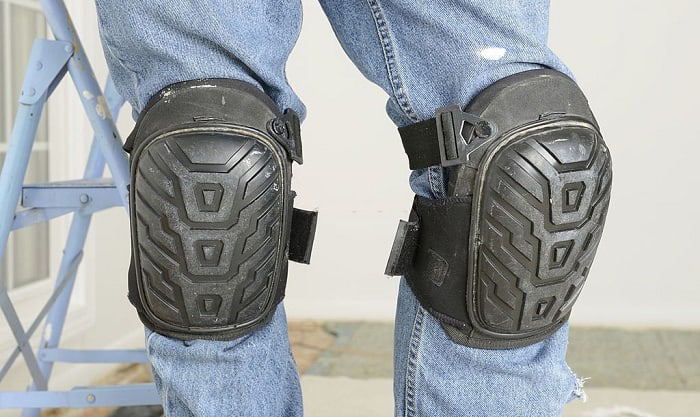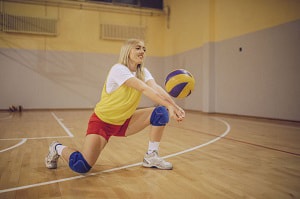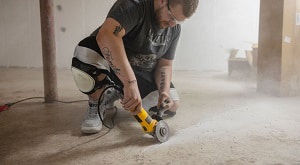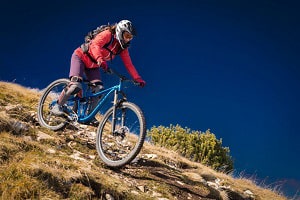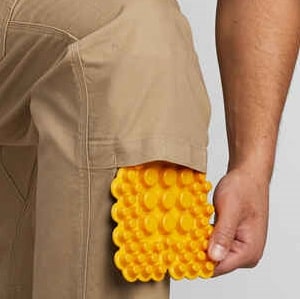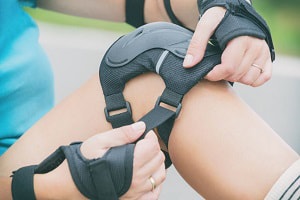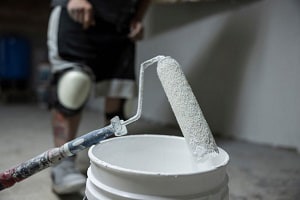If you ever tried kneeling on the floor without any cushioning, it would not take long before your knees would start to feel sore. It is for this very reason that knee pads were invented.
But these devices offer so much more than pain relief. Tag along as we discuss what are knee pads for, when to use them, and why they are essential for workers, athletes, and homeowners like you and me.
Table of Contents
What Are Knee Pads and How Do They Work?
Depending on which industry you’re in, knee pads meaning slang can refer to different things, such as a derogatory term to refer to a woman.
But universally, the term refers to a type of personal protective equipment designed to safeguard the knees against various types of injuries.
Whether it’s work or sports knee pad, wearing these protectors cushions the knees, keeps them stable, and minimizes the pressure when kneeling, crawling, or lunging.
Knee pads typically include features targeting specific needs based on the activity that one may need them for. Generally speaking, each one has the following components:
1. Cap
The cap is part of the knee pad where our kneecaps kneel on, and they are available in the following types:
- Soft caps
These caps are constructed from foam, rubber, or gel cushions and are typically worn by volleyball players and dancers.
Soft knee pads are perfect for both soft and hard-yet-smooth flooring. Workers who need to kneel for prolonged periods without damaging delicate surfaces can also use them.
- Hard caps
These protective knee pads feature hard outer shells made of plastic or other synthetic materials. Rest assured, they all have cushioning material, such as high-density foam, inside.
Intended for kneeling on abrasive surfaces, hard-capped protectors are great for construction workers, as well as laborers who do roofing or tiling.
Several military knee pads and knee guards for downhill and MTB are also constructed with hard caps.
- Hex leg sleeves
The multiple shock-absorbent hexagonal closed-cell foams are these pads’ most distinguishable features, hence the name. One advantage they have over other cap types is their comfortable design that optimizes mobility.
Popularized by McDavid, hex pads are marketed for basketball players, gym buffs, or for MTB bike riders.
- Knee pad inserts
As with soft-capped knee pads, these pads can be made of foam or gel.
The only difference is that they do not have straps, as they are supposed to be inserted into the work pants’ knee pockets.
2. Straps & Connectors
The type of straps and connectors vary from one knee pad model to another. Most basic knee pads come in the form of sleeves made from stretchable fabrics.
Like a pair of socks, these sleeves can widen and contract to take the shape of the wearer’s knees, lower thighs, and calves—no adjustments needed.
Some models feature Velcro and stretchable straps. Others are equipped with adjustable webbing and buckles—most commonly found in knee pads with thigh support.
3. Why you need knee pads
The most important of wearing knee pads is their role in protecting your knees. As the biggest joints in the human body, knees bear the brunt of most of our day-to-day activities.
Just by walking, they are already subjected to pressure roughly 1.5 times your body weight. Needless to say, some activities are more strenuous on the joints.
For plumbers or for tilers, kneeling for hours to access the pipes under the sink can lead to prepatellar bursitis or long-term osteoarthritis that may require knee replacements. The same goes for roofers and anyone whose jobs require them to go down on their knees.
Apart from that, knee pads can also shield your knees against cuts, punctures, or scratches. In the case of soccer players, for example, suffer from turf burns as they slide and dive on artificial grass fields.
Frequently Asked Questions
Do knee pads help with knee pain?
In short, yes. These devices are excellent for pain prevention.
As discussed earlier, knee pads provide cushions on your knees to reduce the impact caused by kneeling or lunging. Moreover, it prevents them from twisting as you move on your knees. This, in turn, reduces pain and allows you to perform tasks more comfortably.
When should you wear knee pads?
For the most part, there’s no need to remind workers and athletes to wear knee pads. It’s part of their uniform. Plus, they are trained to prioritize safety while on the field.
However, you don’t have to be a worker to wear PPE. Even for housework or gardening, putting on comfortable knee pads for working on your knees can make the task less physically taxing.
When were knee pads invented?
There is not a lot written about the history of knee pads. However, it’s believed that the first patented models were created by James Walter Davis and Elijah Clark Brown on February 18, 1896.
Fashioned out of wood, these were made for work, specifically for gardening and fruit-picking. Those who dabbled into skating in the ‘70s and break-dancing in the ‘80s would remember wearing knee pads.
When manufacturers started developing foam pads remains unknown. However, gel knee pads were invented by a Canadian company called Tommyco.
Conclusion
Our knees are the largest and strongest joints, yet they will weaken if we overwork them. Of course, we can exercise to strengthen our bones and muscles. At the same time, we should use knee protectors when performing tasks that can strain them.
As you’ve learned in this guide, it’s not enough to know what are knee pads for. When buying one, you need to consider the best cap and cushioning materials for the job.

Veronica is our content editor. She is a talent in delivery. Her main work is editing and writing articles that are both informative and simple to follow. She is in charge of synthesizing our understanding of what personal protection equipment (PPE) is needed in each job, how to best apply it, and how to visualize that equipment.


